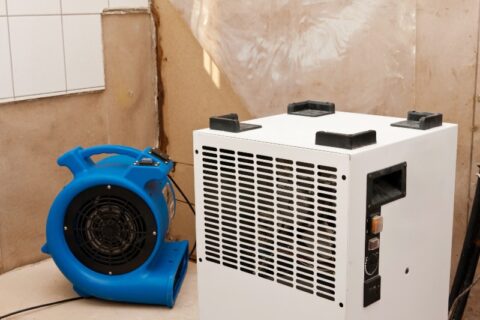Can Water Heaters Be Repaired?
Imagine starting your morning with a mysterious popping, hissing, or humming sound echoing through your home. Your investigation leads you to your water heater. What’s your next move? Recognizing the signs of a failing water heater can help prevent costly repairs and disruptions to your daily routine.
What Might Lead to Water Heater Issues?
Gas and electric water heaters usually last 10 to 13 years, assuming they’re well-maintained. Common culprits of water heater problems include:
- Leaks near the supply line
- Internal rust
- Sediment buildup
- High water pressure
- Incorrect sizing
Protecting Your Water Heater
Regular maintenance extends your water heater’s lifespan. An annual inspection may reveal signs of a water heater leak, allowing you to tighten loose fittings before they cause any damage. If you spot signs of mold or can’t detect the leak’s origin, it’s time to seek expert assistance.
Noticing Red Flags? Here’s Your Action Plan
If you detect unusual noises, see water pooling around your water heater, or suspect the tank might burst, don’t waste time. First, call a plumber without delay. If you feel capable, take these preliminary measures before help arrives:
- Shut off the water supply: Rotate the water valve on your heater until it stops. If that doesn’t work, you might need to shut off your home’s main water supply.
- Switch it off: For gas-powered heaters, rotate the thermostat dial to OFF. If it’s electric, toggle the associated circuit breaker to the OFF position.
- Empty the heater: Connect a hose to the heater’s drain valve, directing the other end to a safe drainage spot. Then, open the drain valve, keeping in mind that you might need a tool for this.
- Relieve pressure: Engage the pressure relief valve to prevent a vacuum from forming while draining. Be cautious; the water could be scalding.
- Flush: Post-draining, allow cold water to flow through the tank for a few minutes, flushing any lingering sediment.
The Risks of Ignoring a Leaky Hot Water Heater
While a potentially explosive situation due to a faulty safety valve is rare, a continuous leak could spell disaster for your home’s interior. This doesn’t just disrupt your hot water supply—it could also be the precursor to water damage and mold growth in your home. Even a minor leak can snowball into a major problem if not addressed promptly.
Who to Contact When Facing a Water Heater Leak
A leaking hot water heater calls for a consultation with a licensed plumber. If the leak has escalated to flooding your home, you might also require the services of a water damage restoration company.
Pacific Flood Restoration has you covered. Our water damage restoration experts serve San Diego and North County San Diego with dependability, transparent pricing, and ethical practices for your peace of mind. Our commitment to high customer care means we’re on-call 24/7, ready to tackle large projects with a personal touch. If you’re facing water heater issues, contact us at 760-815-3033 to experience our unmatched services firsthand.


